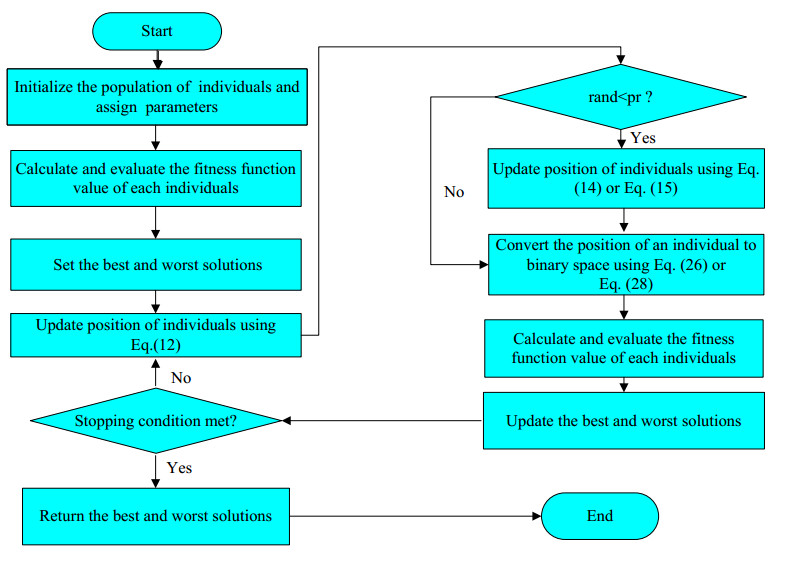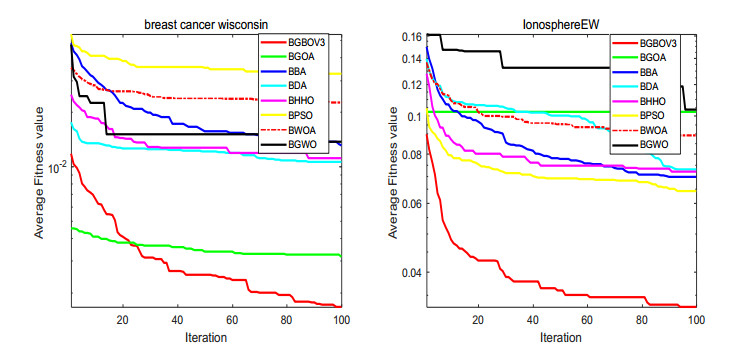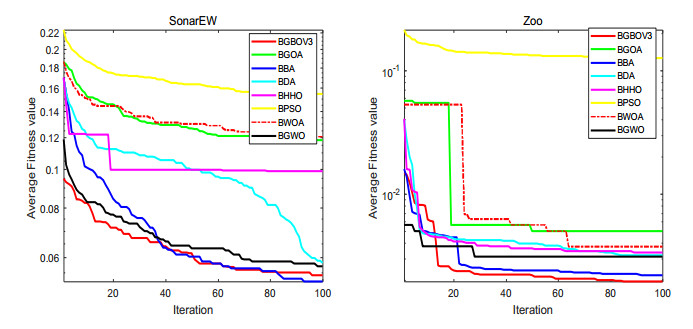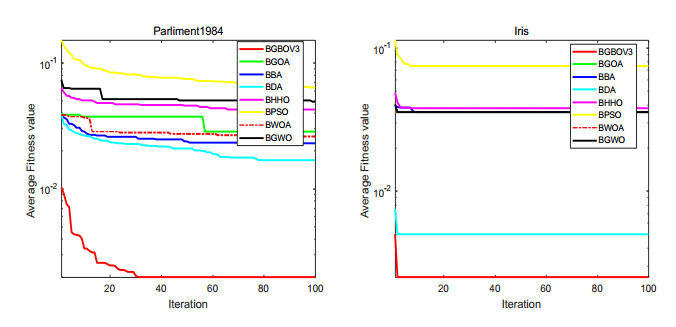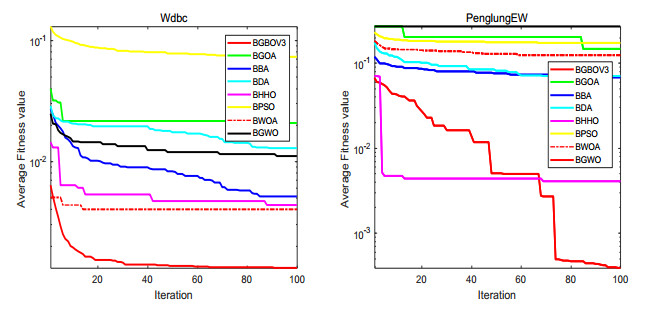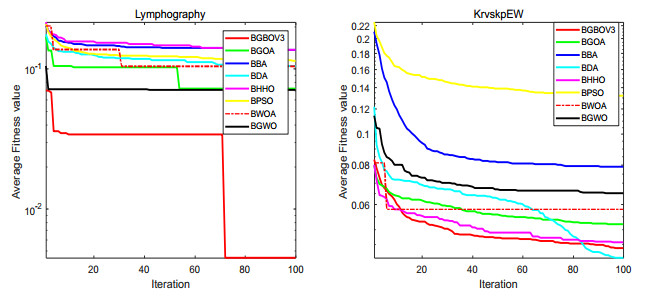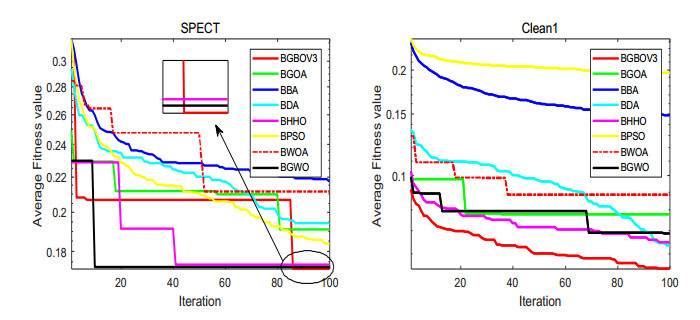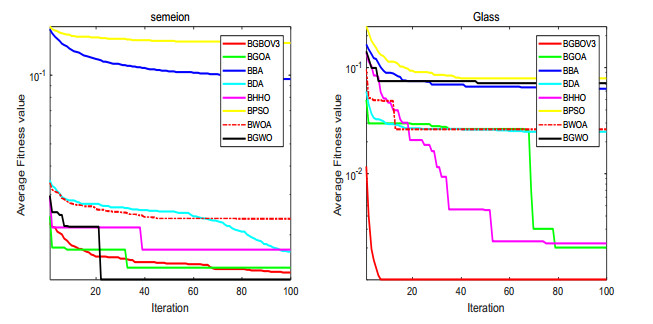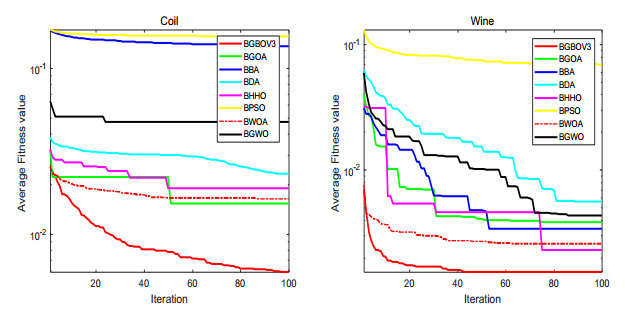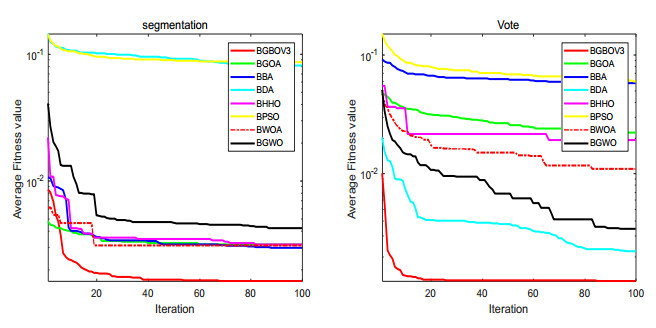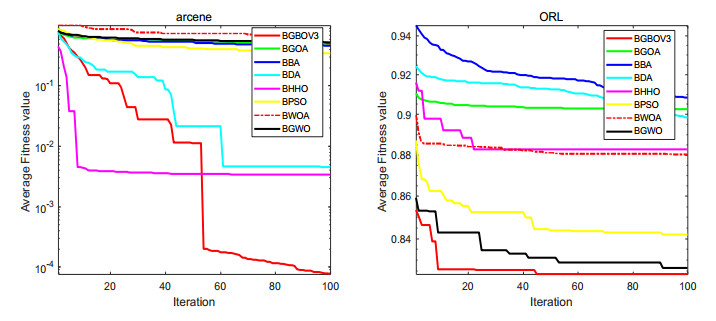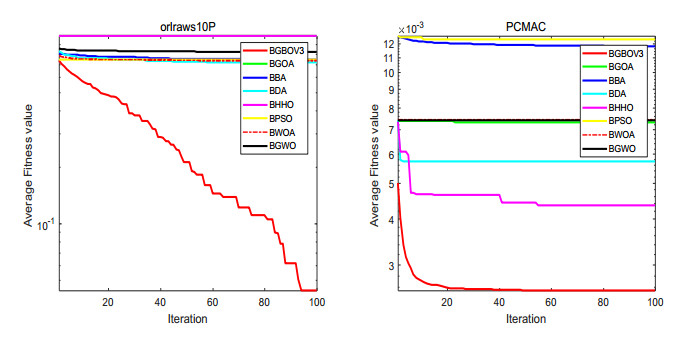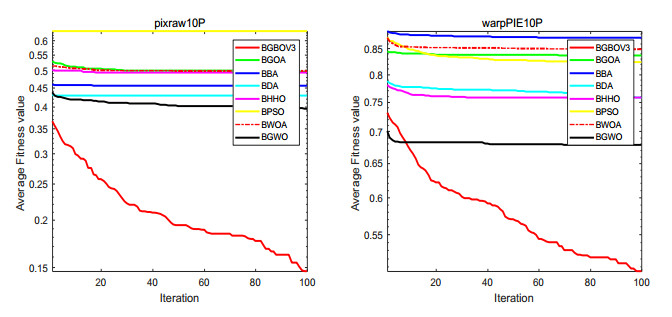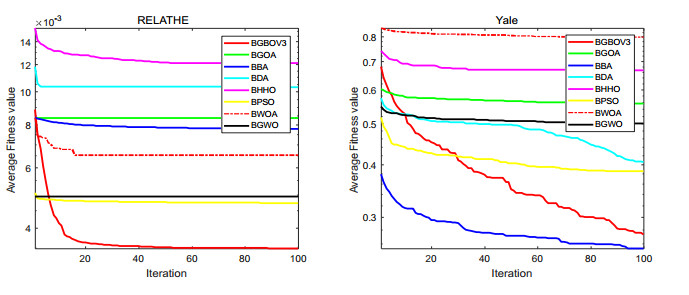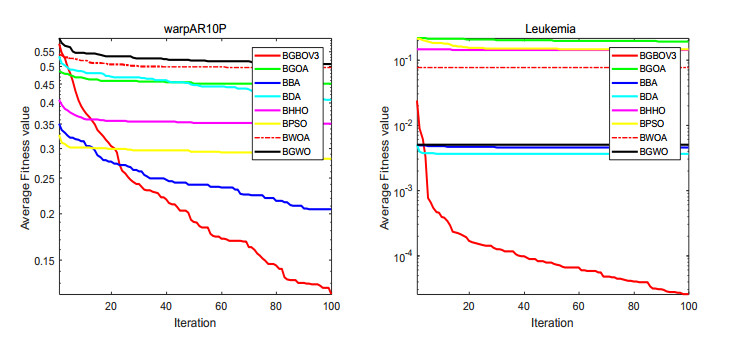1.
Introduction
The COVID-19 pandemic has precipitated a profound transformation within the education sector, wherein technology has facilitated novel and unique avenues for teaching and student learning [1], which have a prominent, immediate impact on the transition of talent development paradigms from conventional physical instruction to online learning methods. A large number of educators anticipate that online learning will persist as an irreversible trend and an integral component of the education framework post-pandemic [2], but physical learning is expected to maintain its status as the preferred method of learning, particularly within higher vocational education (HVE). The design emphasized the impartation of functional skills and practical content, and the traditional classroom-based learning method continues to serve as the cornerstone of educational delivery [3]. Online learning refers to utilizing computer technology for educational purposes conducted over the Internet, with the massive open online course (MOOC) as one of its most prevalent formats [4]. Conversely, blended learning integrates traditional face-to-face teaching with online technological tools [5].
Various researchers have evaluated learning methods with divergent perspectives, and some researchers argue that physical learning is often perceived as the more efficient method, as it affords teachers greater oversight and fosters predictable and controllable student learning outcomes [6]. Although Mantyla [7] similarly observed a preference for physical learning among students, numerous institutions have not forsaken online learning entirely and have innovatively integrated technology into traditional classroom settings. As such, there is an expectation that blended learning, which melds both physical and online learning methods, will gain prevalence within higher vocational education (HVE). In conjunction with this, Pappano's study [8] on blended learning focused on the viewpoint of higher vocational students, utilizing a questionnaire methodology. The findings indicated that students held a favorable perception of blended learning, rating it highly. They expressed their belief that blended learning could facilitate the achievement of their objectives for personalized, self-directed learning, suggesting its potential to emerge as a popular and effective approach in vocational education.
The emergence of three distinct learning methods has presented opportunities for reform in teaching and learning practices, but vocational educators encounter the formidable task of determining the most effective learning method. A review of existing literature delineates four categories of comparative studies in this field, which are, first, comparisons existing between physical and online learning [9,10]; second, studies contrasting online learning with blended learning [11,12]; third, comparisons drawn between physical learning and blended learning [13,14], and last, studies encompassing comparisons across all three methods: physical, online, and blended learning [15,16].
Past researchers have extensively examined the merits and drawbacks of physical learning, while the advantages of online learning garnered increased attention in educational research during the COVID-19 pandemic [17,18,19,20]. Historically, most researchers have predominantly compared online learning with traditional physical learning [21], yielding disparate findings. Consequently, an ongoing discourse persists surrounding the quality and efficacy of online courses [22,23], compounded by a dearth of compelling quantitative evidence regarding learning effectiveness [24]. Some researchers suggest that vocational education may be less suitable for online learning, potentially leading to lower graduation rates compared to students in physical classes [25], with correspondingly low course completion rates [26]. However, other studies have found no significant difference between the two modalities [27].
Lewin [28] conducted a learning experiment involving 86 students and discovered that those utilizing a blended learning approach outperformed the online learning approach significantly. Concurrently, Lafrance and Blizzard corroborated similar outcomes [29]. Other researchers examined the efficacy of online and blended learning within California public universities through email surveys and open-ended inquiries. Their findings indicated that the effectiveness and learning quality were notably higher in blended learning than in online learning.
In their empirical study on a vocational electrical engineering course, Chang et al. [30] observed no noteworthy disparities in performance between blended learning and traditional face-to-face instruction. Likewise, Alonso et al. [31] noted comparable effects of blended and physical learning on academic performance and satisfaction. However, a meta-analysis revealed that students in online learning settings achieved slightly higher performance than those in physical learning environments. Notably, the advantage over physical learning was particularly significant in studies that contrasted blended learning [32]. Conversely, Yigzaw et al. [33] discovered that although blended learning offered potential cost savings in training, learners demonstrated significantly lower performance in functional skills than traditional face-to-face instruction.
In their investigation of the relationship between physical learning, blended learning, and online learning environments concerning a sense of community, Rovai and Jordan [34] observed that the mean scores for the impacts of blended courses were notably higher than those of traditional and online courses, with substantial effect sizes. Additionally, blended courses exhibited remarkably higher adjusted means for learning scores than online courses, albeit with medium effect sizes. Conversely, Ashby and Sadera [35] utilized a quantitative tool to assess the success rates of mathematics courses across three distinct learning methods. Their one-way ANOVA results unveiled significant deviations between the learning methods, with blended learning exhibiting the lowest success rates. However, Araeipour et al. [36], employing analysis of variance (ANOVA) and analysis of covariance (ANCOVA), found no significant disparity in the final course grades among students in physical, blended, and online learning groups.
In addition, past research has emphasized the necessity of broadening research methodologies to encompass the measurement of variables that could influence classroom effectiveness, such as students' perspectives, attitudes, or preferences toward the learning method itself [37,38,39,40]. Nevertheless, endeavors to perceive students' preferred course formats have yielded inconsistent outcomes. While some studies indicated preferences for both traditional [41,42] and online learning [43,44], others found no discernible disparity in preference [45]. Additionally, López-Pérez et al. [46] reported that students engaged in blended learning exhibited significantly higher levels of practical knowledge and overall satisfaction with the course than those in the physical learning method.
Researchers have identified various factors that impact students' academic achievement, including teaching methods, learning environment, gender, and other individual student attributes [47]. Previous studies have categorized these factors into two primary domains—individual factors and contextual factors. Individual factors encompass characteristics such as gender, age, and prior academic performance, while contextual factors primarily encompass the design, structure, or curriculum delivery. Adas and Abu Samais [48] observed notable disparities between male and female students undergoing blended learning. However, Abou et al. [49] stressed that academic performance could not be solely attributed to gender, as various other factors, including socioeconomic status, study habits, and the learner's environmental context (e.g., rural vs. urban settings) impacted the outcomes.
Hence, this study employed a questionnaire survey targeting graduates from higher vocational institutions (HVIs) in China who had experienced various learning methods, including wholly physical, online, and blended learning, aiming to assess the efficacy of these three methods in functional skills training within the context of higher vocational education (HVE). The primary objective is to examine the perceptions of higher vocational graduates regarding the effectiveness of these learning methods and to explore the factors that influence their efficiency, which encompass aspects such as the quality of teachers, availability of teaching resources, and demographic variables. For the objectives of this study, effectiveness refers to the extent to which students acquire functional skills within higher vocational institutions. Figure 1 shows the conceptual framework of this study.
2.
Materials and methods
This study employed a quantitative approach to analyze questionnaire survey data. The following formula is used to calculate the sample size for the survey:
where n is the number of samples required, z determines the confidence level, s is the standard deviation, and d is the margin of error. When the population size is more than 1,000,000, using a 95% confidence interval, 3% marginal error, and the variance of the population is 50%, the required sample size is 1066 [50].
The research utilized a purposive sampling method to distribute the online questionnaire to 1600 higher vocational institution (HVI) graduates via WeChat, based on China's four economic regions: Eastern, Western, Northeastern, and Central. It is worth noting that respondents received no incentives, and each WeChat account was restricted to one submission to prevent duplications.
Of the 1106 respondents, representing a response rate of 69.1%, 1070 valid samples remained after eliminating invalid replies, yielding a validity rate of 96.7%. The collected data underwent processing and analysis using SPSS26. Statistical analyses, including one-way ANOVA, correlation analyses, and LSD, were employed to address the study's research questions. The mean values were constructed based on the average of the mean values for all respondents over the number of items.
The questionnaire discerned the perspectives of higher vocational students on the three learning methods. Researchers designed a 42-item questionnaire for this purpose.
The first section of the questionnaire (Q1-Q7) encompassed basic demographic information, including gender, area of origin, various types of HVI, majors, duration of graduates, and economic region. Respondents indicated their learning methods through online learning, physical learning, or blended learning based on their circumstances.
In the second section (Q8-Q23), the teaching context section asks about teachers' teaching attitudes, teaching methods, classroom management, practical teaching skills, theoretical knowledge, and the teaching resources section asks about teaching infrastructures, multimedia teaching equipment, library materials, information resources, and practical training equipment. Learning efficiency constructs inquiries about higher vocational students' learning attitude, classroom interaction, performance in theoretical courses, practical course performance, and learning efficiency. Learning effectiveness is the independent variable of this study.
The third section (Q40-Q42) evaluates the three learning methods directly, soliciting the preferences of higher vocational students among the three methods, their subjective assessment of the methods' efficiency, and the perceived efficiency of their acquired skills through these methods.
As blended learning is a mixture of physical and online learning, respondents who chose blended learning were required to respond to physical and online learning items. The items were adapted from established scales [51,52,53] and rated on a 5-point Likert scale (1 meaning they strongly disagree and 5 meaning they strongly agree). The questionnaire has undergone validation and demonstrates good validity.
3.
Analysis results
Table 1 illustrates the distribution of respondents across all demographic variables. The highest proportion of respondents, accounting for 51.6% or 552 individuals, reported experiencing the blended learning method, followed by 290 respondents (27.1%) with only online learning experience and 228 respondents (21.3%) with only physical learning experience. It is worth noting that many graduates from the survey period of 2023 experienced the onset and resolution of the COVID-19 pandemic, hence the prevalence of blended learning experiences.
Regarding economic regions, 167 graduates (15.6%) hailed from the Northeast, 232 (21.7%) from the Eastern region, 142 (13.3%) from the Central region, and the highest number of graduates, 529 (49.4%), were from the Western region. The sample comprised 497 males (46.4%) and 573 females (53.6%), reflecting a balanced gender distribution.
The respondents originated from various types of HVIs, with 265 (24.8%) from national key HVIs, 311 (29.1%) from general HVIs, 264 (24.7%) from industry-oriented HVIs, and 230 (21.5%) from other types of HVIs. This distribution reflects an even representation of graduates across different higher education institutions.
Most respondents were recent graduates, comprising 772 individuals (72.1%). Additionally, 90 respondents (8.4%) graduated within one year, 94 (8.8%) graduated between one-to-three years prior, and 114 (10.7%) graduated more than three years ago.
Regarding majors, 317 respondents (29.6%) were from engineering disciplines, 294 (27.5%) from science fields, 405 (37.9%) from arts disciplines, and 54 (5.0%) from other majors.
Concerning the residential background, 700 respondents (64.5%) hailed from rural communities, while 370 (34.6%) resided in urban areas.
This research evaluated the reliability and validity of the questionnaire using Cronbach's alphas and Kaiser-Meyer-Olkin (KMO) values. Table 2 shows that Cronbach's alphas for the scale scores of physical learning, online learning, and blended learning were favorable, ranging from 0.776 to 0.979. Additionally, Cronbach's alphas for the dimensions within each learning method scale met the recommended convention [54]. Furthermore, Table 2 demonstrates that all KMO values exceeded the recommended threshold of 0.60 [55], and Bartlett's test of sphericity yielded a significant result (p = 0.000), which was less than 0.05. Therefore, the validity of the scales was deemed satisfactory.
The study utilized ANOVA to examine how demographic characteristics affected the effectiveness of different learning method, such as blended, online, and physical learning, and Table 3 presents the outcomes of the analysis. The results show a substantial gender difference in the efficiency of blended learning (F = 24.395, p = 0.000 < 0.001) and online learning (F = 7.369, p = 0.007 < 0.05). Furthermore, the graduation time of higher vocational students significantly affects blended learning efficiency (F = 4.056, p = 0.007 < 0.05). However, students' area of origin, economic region, type of higher vocational institution, or specific majors do not significantly affect their efficiency in online, physical, or blended learning environments.
The correlation analysis results presented in Table 4 indicate a strong link between instructional effectiveness and various learning modalities. Specifically, substantial correlations exist between resources and the efficacy of physical (F = 0.710, p = 0.000 < 0.001), online (F = 0.786, p = 0.000 < 0.001), and blended learning methods (F = 0.859, p = 0.000 < 0.001). At the same time, the presence and quality of teachers exhibit notable correlations with learning efficiency across physical (F = 0.754, p = 0.000 < 0.001), online (F = 0.786, p = 0.000 < 0.001), and blended learning (F = 0.884, p = 0.000 < 0.001). These results emphasize the critical impact of both resources and the role of teachers on the effectiveness of physical, online, and blended learning approaches.
For learning effectiveness, the efficiency of the three distinct learning methods, physical learning, online learning, and blended learning, are 3.64±0.62, 3.83±0.79, and 3.85±0.76, respectively. Notably, the efficiency of blended learning is higher than that of online and physical learning. The results of one-way ANOVA indicated a statistical difference between the three learning methods regarding learning effectiveness (F = 6.944, p = 0.001 < 0.05), as depicted in Table 5.
Venkatesh et al. [56] classified the level of each construct into three categories: low (<1.67), medium (1.67-3.33), and high (>3.33) based on mean score interpretation. Table 5 demonstrates the evaluation of each construct across different learning methods according to the perceptions of Chinese HVI graduates. The results revealed that for learning effectiveness, blended learning (M = 3.85) outperformed online learning (M = 3.83) and physical learning (M = 3.64). It suggests that graduates were satisfied with the efficiency of blended learning, echoing Nyachae's [57] findings, which highlighted high satisfaction and perceived the blended learning efficiency among students.
From the results in Table 6, post hoc LSD analysis was conducted for pairwise comparisons and found that there was a statistically significant difference in learning effectiveness between physical learning and online learning (p = 0.003 < 0.05), as well as between physical learning and blended learning (p = 0.000 < 0.001). However, there was no statistically significant difference in learning efficiency between online and blended learning (p = 0.789 > 0.05). The mean difference between physical and online learning was negative, indicating that physical learning is less effective than online learning. The mean differences between blended learning and both physical and online learning were positive, indicating that the effectiveness scores of blended learning were higher than those of physical and online learning.
Figure 2 illustrates graduates' preferences for different learning methods, indicating that more than half of the graduates preferred blended learning (647 or 60.5%), followed by physical learning (347 or 32.4%). Only 76 (7.1%) preferred online learning. This finding is consistent with Atchley, Wingenbach, and Akers [26], who found that students generally preferred blended learning. It underscores students' satisfaction with blended learning and suggests that it is an effective learning method. Blended learning facilitates indirect communication between higher vocational students and teachers by reducing face-to-face teacher intimidation and increasing student-teacher interaction.
A further survey of graduates' perceptions regarding the effectiveness of the three distinct learning methods revealed discrepancies with their preferences, and 511 (47.8%) of the graduates considered blended learning more efficient, while 478 (44.7%) favored physical learning. Although blended learning had a slightly higher preference, the difference was insignificant. Interestingly, when asked which type of learning is better for picking up functional skills, 516 (48.2%) of the graduates selected physical learning, slightly more than blended learning (470 or 43.9%). However, graduates expressed dissatisfaction with either the efficiency of online learning (81 or 7.6%) or the acquisition of functional skills through online learning (84 or 7.9%).
4.
Discussion
There exists a significant difference in the effectiveness of physical learning, online learning, and blended learning among HVI students. This outcome contrasts with the study of Araeipour et al.'s study [36], which found no discernible differences between students' course grades in physical, blended, and online learning methods. The comparative results of LSD revealed the most differences between physical learning and online learning, as well as between physical and blended learning. Blended learning proved more effective than online or physical learning. This conclusion echoes Rovai and Jordan's findings [34], which showed that blended courses had significantly higher mean scores and substantial effect sizes than traditional and online courses. This study revealed no difference between online learning and blended learning. For higher vocational education, which emphasizes hands-on and practical skills, physical learning facilitates the mastery of operational skills. Similarly, the blended learning process combines online learning for theoretical knowledge and physical learning for practical skills, enabling a comprehensive skill acquisition approach.
Researchers broadly classified factors influencing learning efficiency into two main categories: individual student factors and course-related factors. Individual factors encompass students' gender, geographic origin, types of HVIs, majors, economic regions, duration of graduation, and the specific HVI they attend. Course-related factors in this study included teachers and educational resources.
Most researchers focus on gender as an essential individual factor affecting learning efficiency. This study also observed a significant difference between male and female students in their effectiveness with online and blended learning methods, corroborating findings by Adas and Abu Samais [48]. While some researchers delve deeper into gender discrepancies, Mahmoud, Ahmed, and Mirna [58] argue that academic performance is not solely determined by gender because various factors, such as the learner's environment (rural or urban), socio-economic status, and study habits, can impact its outcome. Particularly, learners in urban areas can benefit from computer technology for instructional support, enhancing learning efficiency [59,60]. However, this study found no notable difference in learning method efficiency based on geographical location. Furthermore, this research delves into the impact of economic regions on learning methods. Soresi, Nota, Ferrari, and Ginevra [61] indicate that students from lower-income families face challenges accessing adequate learning opportunities, and the quantity of learning experiences directly correlates with the richness of the learning process, which is inconsistent with this study's findings.
Similarly, various HVIs significantly influence learning methods due to disparities in teaching equipment, resources, and faculty quality. Regarding graduation duration, the National Centre for Education Statistics [62] primarily investigates age differences among graduates. Studies typically differentiate between traditional and non-traditional students, defining non-traditional students as those aged 24 or older. This study categorized fresh graduates as traditional students, while graduates who completed their studies over a year ago were considered non-traditional, primarily due to their older age, typically over 24 years old. The study noted significant differences among higher vocational students with different graduation times across blended learning methods. Researchers have had mixed results regarding majors. Lent, Brown, and Hackett [63] discovered that students in STEM (science, technology, engineering, and mathematics) majors exhibit higher levels of learning efficacy. Conversely, Pajares and Schunk [64] concluded that students majoring in the arts and humanities demonstrate high academic efficacy. However, the results of this study indicated no significant difference in learning efficacy based on majors.
Existing studies on curriculum-related factors highlight the school environment as a crucial resource for higher vocational students to access diverse educational and learning opportunities. The availability of teaching and educational resources directly impacts students' ability to acquire knowledge. Interaction is essential in traditional and online learning environments, constituting a significant component of the learning experience [65]. Teachers play a pivotal role in different teaching methods, and positive interaction between students and teachers is crucial for learning effectiveness. This study also highlights the significant influence of teachers on learning methods.
5.
Conclusions
This study compares the effectiveness of three distinct learning methods in higher vocational education: physical learning, online learning, and blended learning. It analyzed data from 1070 HVI graduates across four economic regions of China who experienced thorough physical learning, online learning, and blended learning. The findings indicated that blended learning emerged as the most efficient method, preferred by most graduates. Physical learning also proved equally efficient, with slightly higher effectiveness in functional skills than blended learning. On the other hand, online learning exhibited the lowest efficiency, preference, and functional skills outcomes. Therefore, based on these results, higher vocational educators can opt for physical or blended learning methods.
An in-depth analysis of different demographic variables and actors in the three distinct learning methods revealed that gender significantly impacts the effectiveness of online learning and blended learning, and the duration of graduation significantly impacts the effectiveness of blended learning methods. Interestingly, the area of origin showed no significant difference between graduates from urban and rural communities in terms of physical, online, and blended learning. Similarly, economic region, type of higher vocational institution, and majors do not affect the efficiency of learning methods. Among course-related factors, teachers and educational resources appear to be the most influential and significantly influence physical, online, and blended learning.
In conclusion, blended learning is an efficient learning method for higher vocational education, prioritizing hands-on, practical, and functional skills. The findings indicate that physical learning retains its viability as an option in vocational education, especially for emphasizing hands-on and practical skills. While blended learning proves highly efficient, there is room for improvement in optimizing the allocation ratio between physical and online learning. This adjustment can further enhance the efficiency of teaching vocational functional skills and nurturing more skilled talents for society.
Future research endeavors could delve into additional influencing factors, including the quality of teaching and educational equipment, student self-efficacy, and other pertinent variables, to conduct a comprehensive assessment of the efficacy disparities among traditional classroom instruction, online learning models, and blended learning approaches. Moreover, employing qualitative methodologies, such as individual interviews with students and educators, would facilitate a nuanced exploration of their perceptions and attitudes toward these divergent pedagogical models.
Author contributions
Zhongyan Hu: Conceptualization, Data curation, Formal analysis, Methodology, Writing ‒ original draft, Writing ‒ review & editing; Yun Fah Chang and Ming Kang Ho: Supervision. All authors have read and approved the final version of the manuscript for publication.
Use of AI tools declaration
The authors declare they have not used Artificial Intelligence (AI) tools in the creation of this article.
Acknowledgments
The authors would like to thank the reviewers for their constructive feedback. They would also like to thank all of the academics who took the time to participate in the survey. Without their time and input, this research would not have been possible.
Conflict of interest
The authors have no conflicts of interest in this paper.
Ethics declaration
This study was completed with Taylor's University ethics approval number HEC 2023/116.










 DownLoad:
DownLoad:



